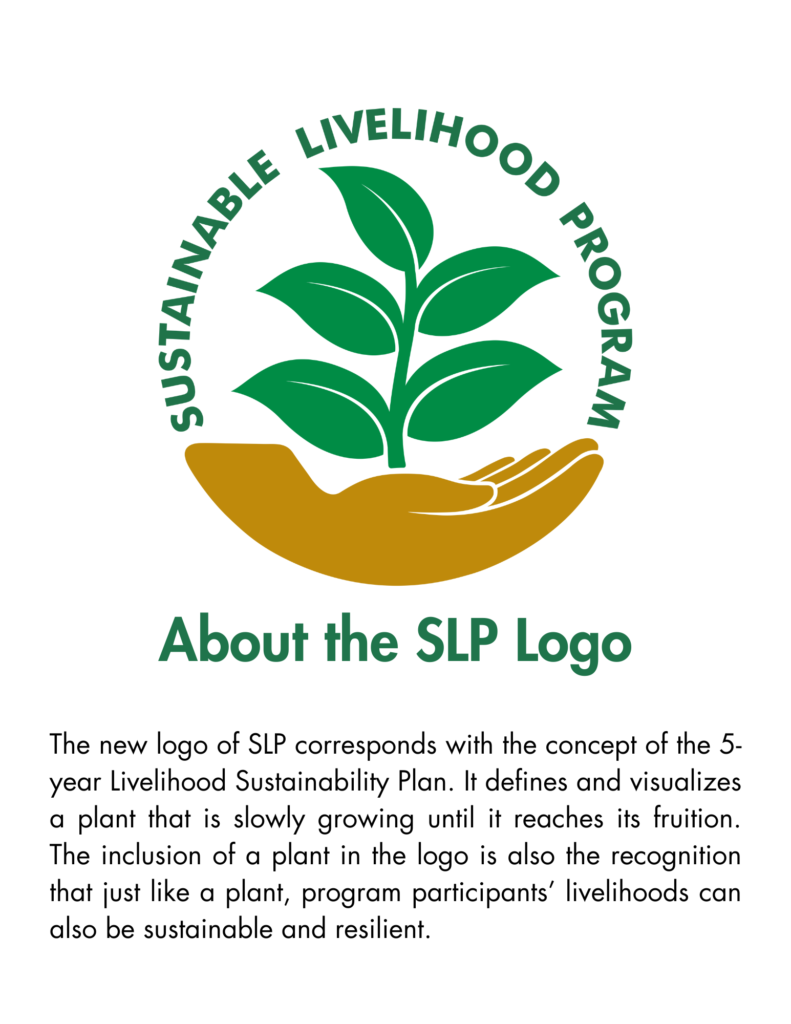It’s so inspiring to see all the amazing work being done in the form of sustainable livelihood programs! Especially in a world that’s facing some tough challenges, from economic inequality to environmental damage and social injustice. These wonderful programs are doing so much more than just helping people out of poverty. And they’re teaching communities how to live in harmony with their environment, too! As we dive deeper into these incredible programs, we’ll uncover their goals, how they operate, who they’re trying to help, the hurdles they’ve faced, and, most importantly, the success stories that show just how well they’re doing!

Picture source : https://www.savethechildren.org.ph/our-work/our-stories/story/building-sustainable-livelihoods/
Objectives and Structure of the Sustainable Livelihood Program
At its core, the Sustainable Livelihood Program (SLP) seeks to enhance the resilience and well-being of vulnerable communities by providing them with sustainable income-generating opportunities. Imagine a single mother named Maya living in a rural village where traditional agriculture is failing due to climate change. The SLP aims to uplift individuals like Maya by promoting skills training, access to resources, and community-based initiatives that encourage self-sufficiency.
The structure of these programs often incorporates five key elements:
Livelihood Assets: This includes physical assets like tools or land; financial assets such as savings or credit; human capital through education and skills; social capital through networks and relationships; and natural capital involving sustainable management of resources.
Capacity Building: Training workshops equip participants with essential skills be it in farming techniques or entrepreneurship that enable them to innovate within their livelihoods.

Market Access: Facilitating connections between producers and markets ensures that local goods reach consumers effectively while offering fair prices.
Community Engagement: Involving local leaders fosters ownership over projects, creating a sense of pride and responsibility among community members.
Sustainability Practices: Encouraging environmentally friendly practices helps ensure that livelihoods are not only profitable but also viable for future generations.
Picture source : https://car.dswd.gov.ph/programs-services/core-programs/sustainable-livelihood-program/
Key Modalities Under the Sustainable Livelihood Program
The modalities employed in SLPs vary widely based on regional needs but often include:
- Microfinance Initiatives: Providing small loans allows individuals to invest in businesses without falling into debt traps.
- Cooperative Models: By forming cooperatives, community members can pool resources for collective purchasing power or shared marketing efforts.
- Skill Development Workshops: These sessions offer hands-on training tailored to local market demands from handicrafts to organic farming techniques.
Each modality serves as a building block towards creating an ecosystem where communities flourish economically while nurturing their cultural heritage.
Target Beneficiaries and Impact of the Sustainable Livelihood Program

The primary beneficiaries are typically marginalized groups women, youth, indigenous populations who face systemic barriers to economic participation. For instance, consider Rajesh a young man from a tribal community who had limited access to education or job opportunities. Through an SLP focused on sustainable fishing practices combined with entrepreneurial training, he transformed his life by establishing a cooperative that provides fresh fish directly to urban markets.
Picture source : childhope.org.ph/livelihood-programs-philippines/
The ripple effects extend beyond individual success stories; they foster community cohesion and enhance overall quality of life. Improved incomes lead to better health outcomes as families can afford nutritious food; children can attend school instead of working; and local economies become more robust as money circulates within the community rather than flowing outwards.
Challenges Faced by the Sustainable Livelihood Program and Strategies for Overcoming Them
Despite its noble intentions, implementing SLPs comes with challenges:
- Resource Limitations: Many programs struggle with insufficient funding or lack of infrastructure.
- Cultural Barriers: Resistance from traditional structures may hinder new ideas from taking root.
- Environmental Factors: Climate change poses risks that threaten sustainability efforts.
To overcome these hurdles requires innovative strategies:
- Collaborative Partnerships: Engaging NGOs alongside government bodies can create synergies that maximize resource utilization.
- Awareness Campaigns: Educating communities about the benefits of new practices helps mitigate resistance rooted in tradition.
- Adaptive Management Practices: Flexibility in program design allows for quick responses to environmental changes like shifting crop patterns due to droughts or floods.
Success Stories from Participants in the Sustainable Livelihood Program
Perhaps nothing speaks louder than real-life narratives reflecting transformation through sustainable livelihoods:
The Tale of Anjali’s Farm
Anjali was once hesitant about changing her family’s traditional farming methods until she attended an SLP workshop focusing on permaculture principles. Today, her farm flourishes not just yielding bountiful crops but also serving as an educational hub for neighboring farmers eager for knowledge about sustainable practices.
Empowering Women Through Craft
In another corner of India’s vibrant tapestry lies Kalpana a skilled artisan whose intricate textiles were confined within her village walls until an SLP connected her craft with online marketplaces. Her creations now reach global customers while empowering other women artisans through cooperative production models each piece woven not just from fabric but from threads of hope and empowerment.
As we conclude our exploration into sustainable livelihood programs, it becomes evident that they are much more than mere economic interventions they embody resilience against adversity and cultivate dreams amidst challenges. They remind us that every individual has potential waiting to be unlocked; all they need is opportunity coupled with support.
By investing in these transformative initiatives today we’re sowing seeds for thriving communities tomorrow a future where everyone can rise together towards sustainability infused with dignity and purpose. Let us champion these causes not just through words but through action as we work hand-in-hand towards cultivating hope for all humanity!
This is really interesting, You’re an overly skilled blogger. I’ve joined your feed and look ahead to in quest of extra of your wonderful post. Additionally, I’ve shared your site in my social networks!